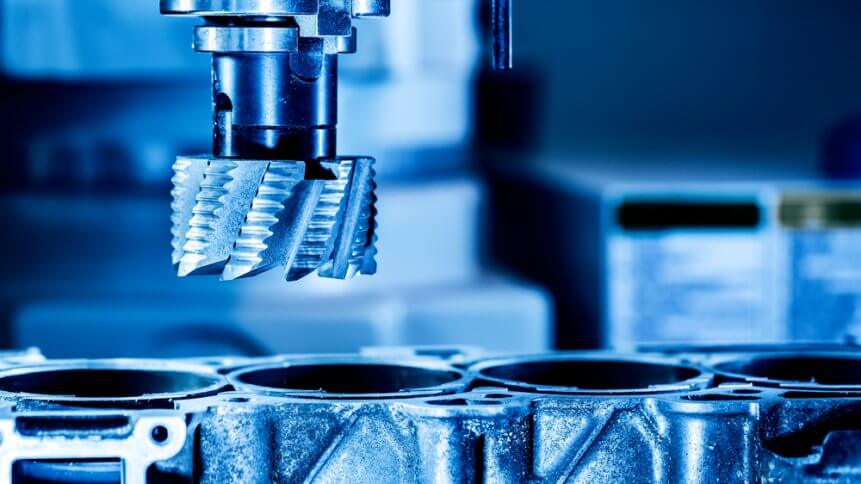
- Business Insider predicts that there will be over 64 billion IoT devices by 2025
- AI and IIoT will be a powerful tandem in managing an influx of data from the factory floor
The Industrial Internet of Things (IIoT) devices are set to provide greater data visibility, improved performance, and opportunities for automation. The capabilities of IIoT are often cited in the manufacturing industry and beyond, after goods have left the manufacturing facility.
As an example, aviation seat makers Stelia and Recaro leverage data from IoT sensors in airplanes for “predictive maintenance.” They can monitor seat conditions and deploy personnel to fix and service seats, anticipating problems before they arise. In the bigger picture, the accumulative data can be used for research and development as well, providing the companies insights on how to seek out better materials and build better-quality seats.
Now, IIoT is set to advance in leaps and bounds with the integration of artificial intelligence (AI). AI and IIoT will form a powerful duo as immense amounts of data are gathered by smart sensors and devices deployed around the manufacturing environment. Essentially, the advantages of both emerging technologies will also bring forward new insights as to how to manage data in manufacturing.
With a myriad of machines and sensors scattered across factory floors, manufacturers are hit with the reality of the actual deployment of an IIoT project that can often be more complex than what the blueprints specify. The processes can include identifying data sources and validating data that can be difficult to accomplish via traditional means, making it a chore to scale quicker.
Hence, AI systems can help change how manufacturing machines and human operators communicate. AI-powered components can ‘study’ the main aspects of machine operations including configurations, tooling, and status. The results will eventually see better organized machine data and using those insights standardization can be implemented across operations, making managing the factory floor a more productive experience.
Business Insider predicts that there will be more than 64 billion IoT devices by 2025 and McKinsey Global Institute estimates that IoT could contribute between US$4 trillion to US$11 trillion in economic value within the next five years.
Internet-connected devices in standalone applications can yield a long list of benefits but the combination with AI enables operators to take a further step such as achieving automation.
AI systems can alleviate the tasks of operators to individually access and sift through streams of data collected by IIoT by setting pre-requisite standards on the type and volume of data to collect. Subsequently, AI systems can ensure data flow according to the roadmap of IIoT solutions, enabling manufacturers to focus on churning data into valuable, actionable insights.
For the manufacturing industry, this means enhanced operations and added flexibility to machines and production volume on factory floors. Managers and facility personnel are able to pinpoint the exact location of disruption or areas that require attention to the integration of smart objects in IIoT solutions.
<!–
<!– row 6
–>
